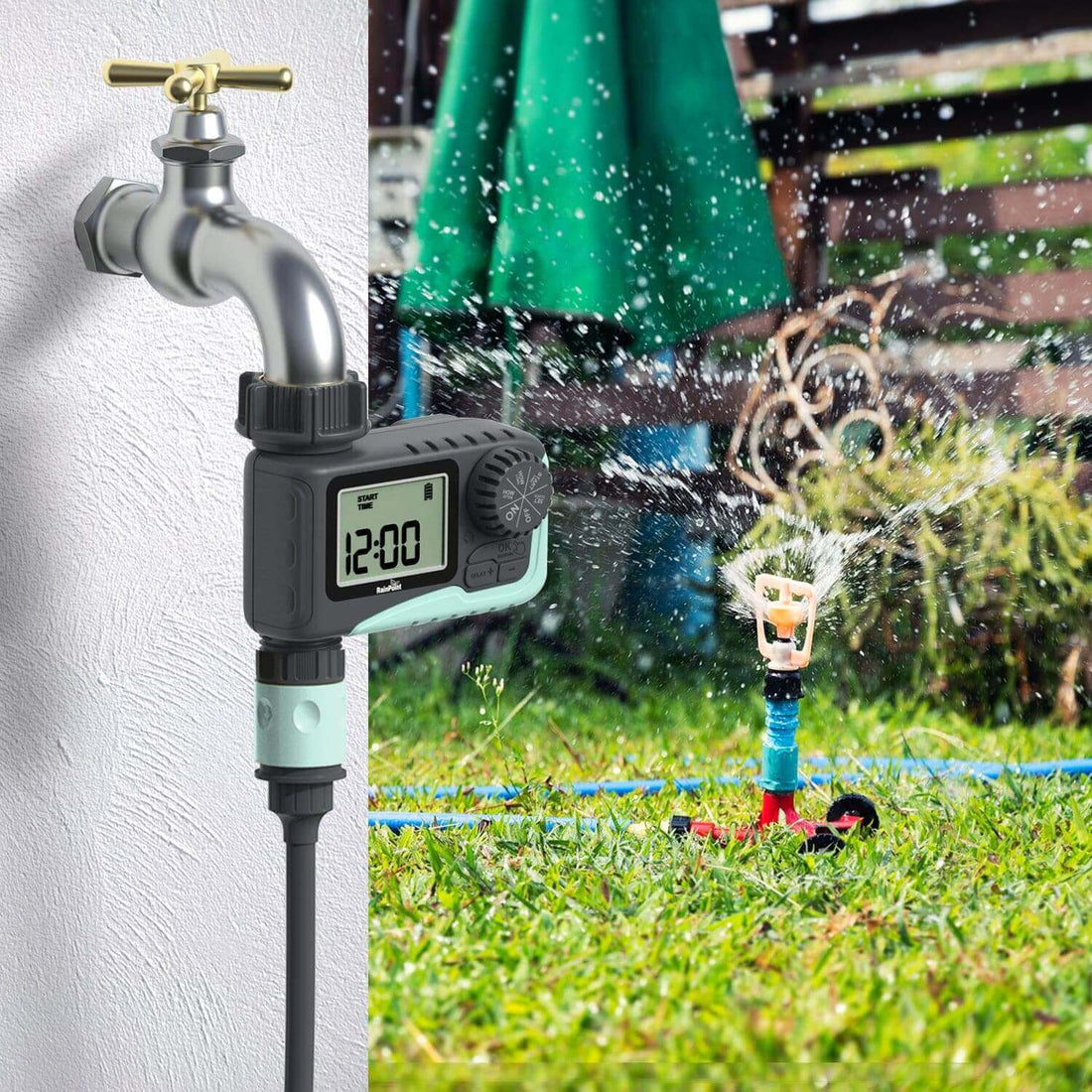
Maintaining a lush, healthy garden requires more than just occasional watering. An efficient irrigation system is crucial for delivering the right amount of water to your plants, ensuring they receive consistent moisture without waste. With numerous options available, choosing the best irrigation system can seem daunting. Here’s a comprehensive guide to help you select the ideal system for your garden’s needs.
1. Drip Irrigation
Drip irrigation is widely considered one of the most efficient watering methods. It involves delivering water directly to the plant’s root zone through a network of tubing and emitters. This system minimizes water waste by reducing evaporation and runoff. Drip irrigation is perfect for garden beds, containers, and rows of plants. It allows for precise control over the amount of water each plant receives, which is especially beneficial for areas with varying soil types or plants with different water requirements.
2. Sprinkler Systems
Sprinkler systems are a versatile option, ideal for covering large areas. There are two main types: stationary and oscillating. Stationary sprinklers provide a fixed spray pattern, while oscillating sprinklers have a back-and-forth motion that covers a larger area. For gardens with various plant types and sizes, consider a system with adjustable spray patterns and coverage ranges. Modern sprinklers come with timers and sensors that can automate watering schedules and adjust based on weather conditions, enhancing their efficiency.
3. Soaker Hoses
Soaker hoses are a simple and cost-effective irrigation solution. These hoses release water slowly along their length, soaking the soil evenly. They are ideal for garden beds, flower borders, and vegetable patches. Soaker hoses are easy to install and can be placed directly on the soil surface or buried under mulch. While they might not be as precise as drip irrigation, they offer a convenient way to water large areas uniformly.
4. Rainwater Harvesting Systems
Rainwater harvesting systems capture and store rainwater for later use, providing an eco-friendly and cost-effective alternative to tap water. These systems typically include rain barrels or larger cisterns connected to downspouts. The collected rainwater can be used to irrigate gardens, reducing water bills and conserving natural resources. To maximize the effectiveness of a rainwater harvesting system, ensure proper filtration to remove debris and contaminants before the water reaches your garden.
5. Smart Irrigation Systems
For those looking for advanced technology, smart irrigation systems offer automated solutions with minimal effort. These systems use weather data, soil moisture sensors, and timers to adjust watering schedules in real time. By analyzing weather forecasts and soil conditions, smart irrigation systems optimize water usage, reducing waste and promoting healthier plants. Many smart systems are compatible with mobile apps, allowing users to monitor and control their irrigation remotely.
Choosing the Right System
When selecting an irrigation system, consider factors such as the size of your garden, soil type, plant requirements, and budget. Drip irrigation is ideal for precise watering needs, while sprinklers are better for larger areas. Soaker hoses offer simplicity and ease of use, while rainwater harvesting systems provide an eco-friendly option. Smart irrigation systems, though more expensive, offer the convenience of automation and efficiency.
In conclusion, the best irrigation system for your garden depends on your specific needs and preferences. By evaluating your garden’s requirements and the features of each system, you can make an informed decision that ensures your plants receive the optimal amount of water, promoting a thriving and vibrant garden.